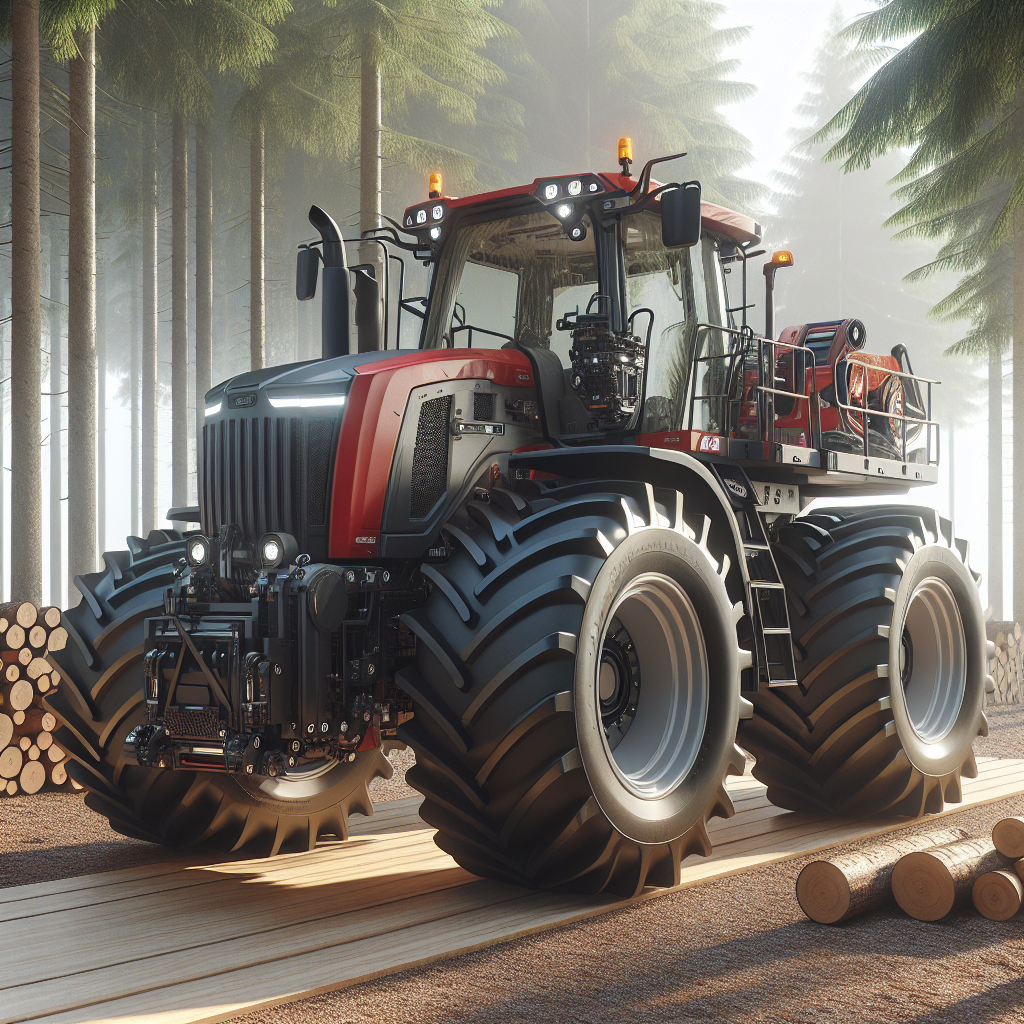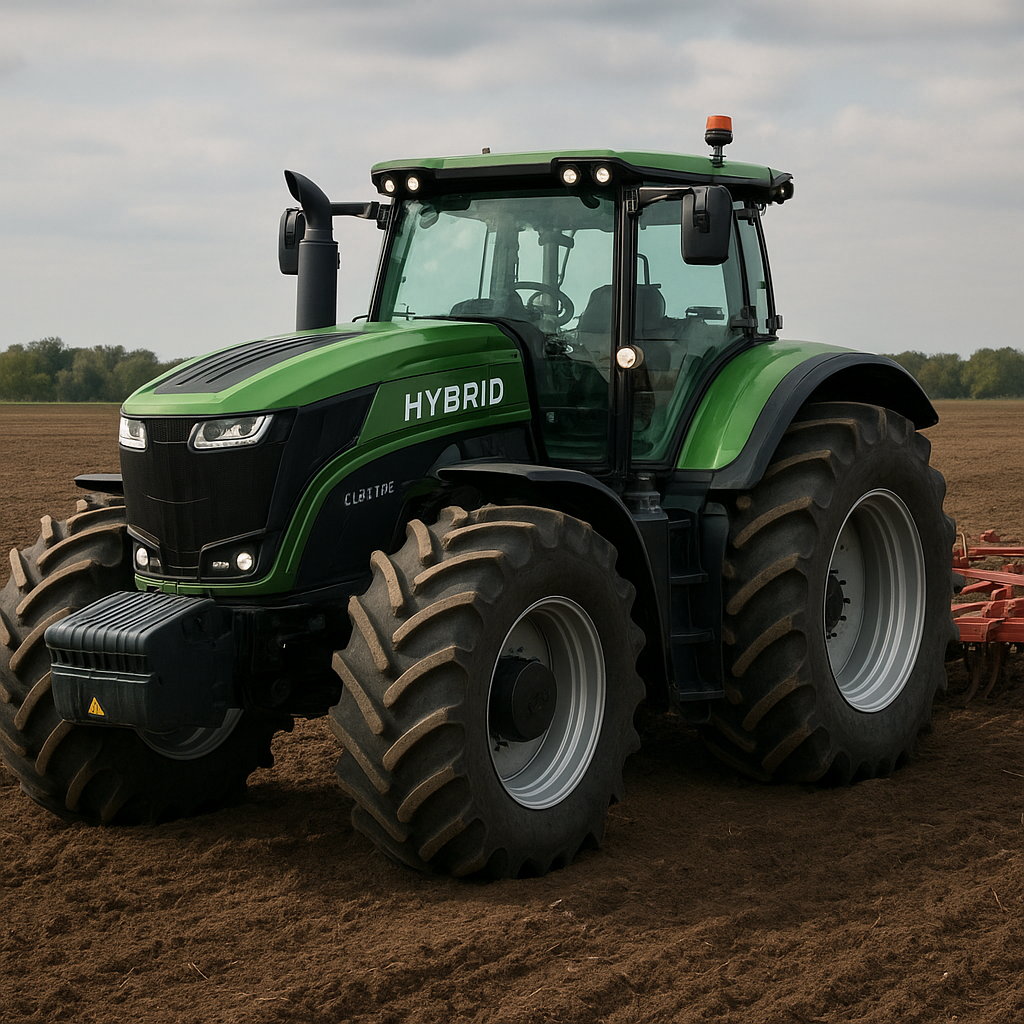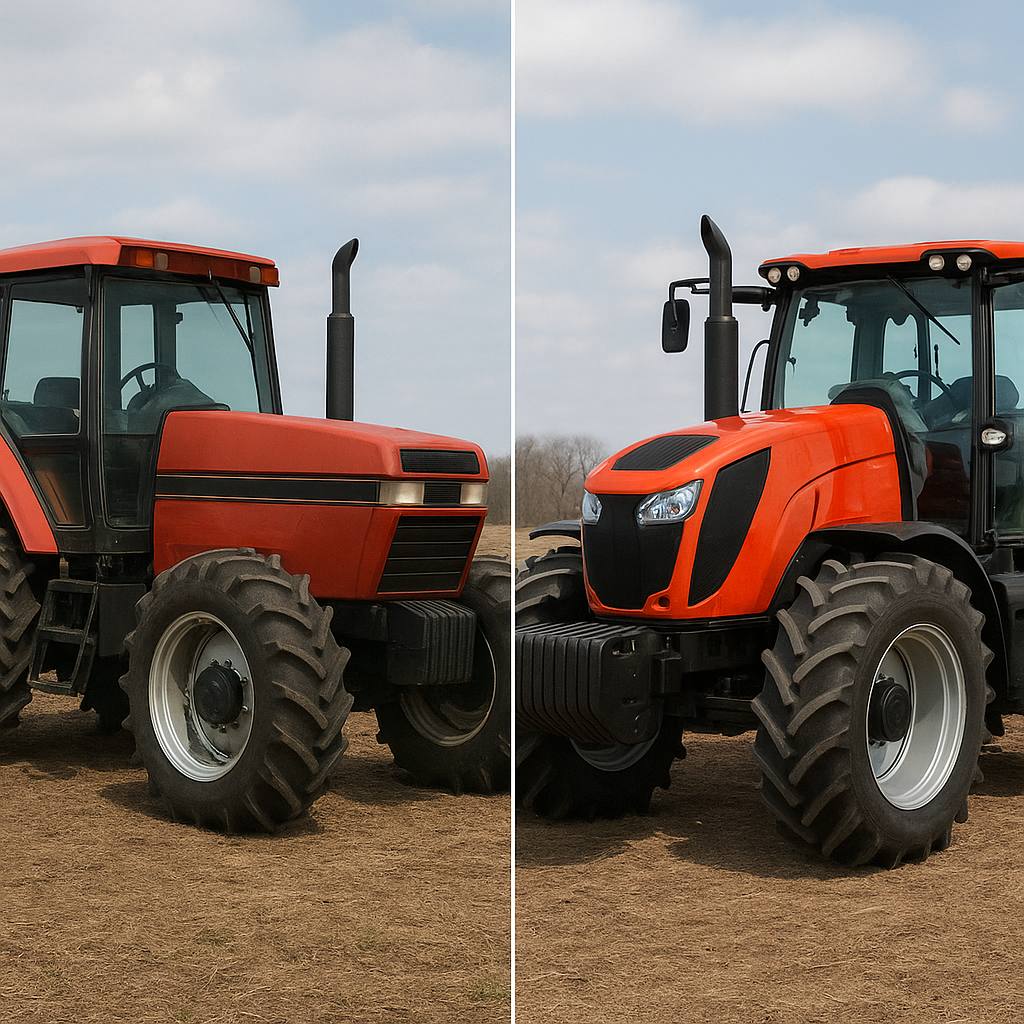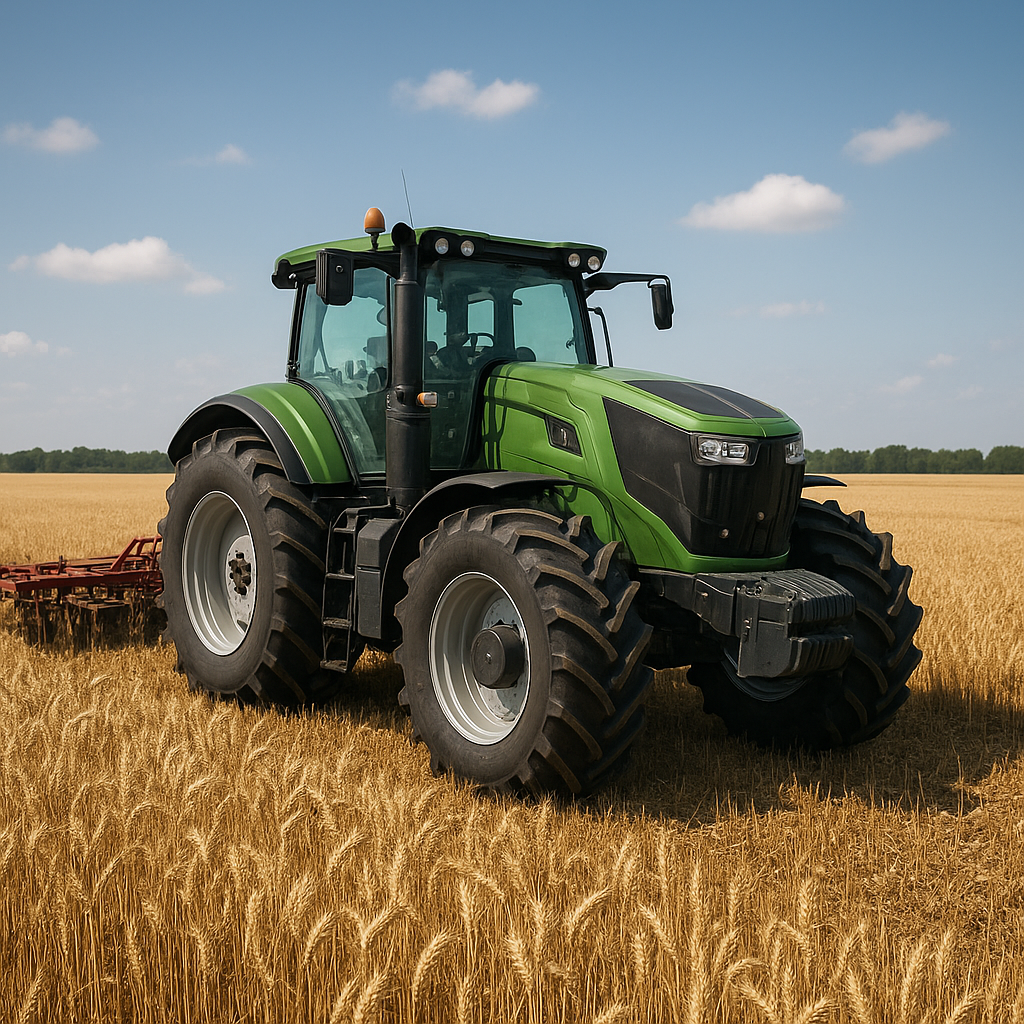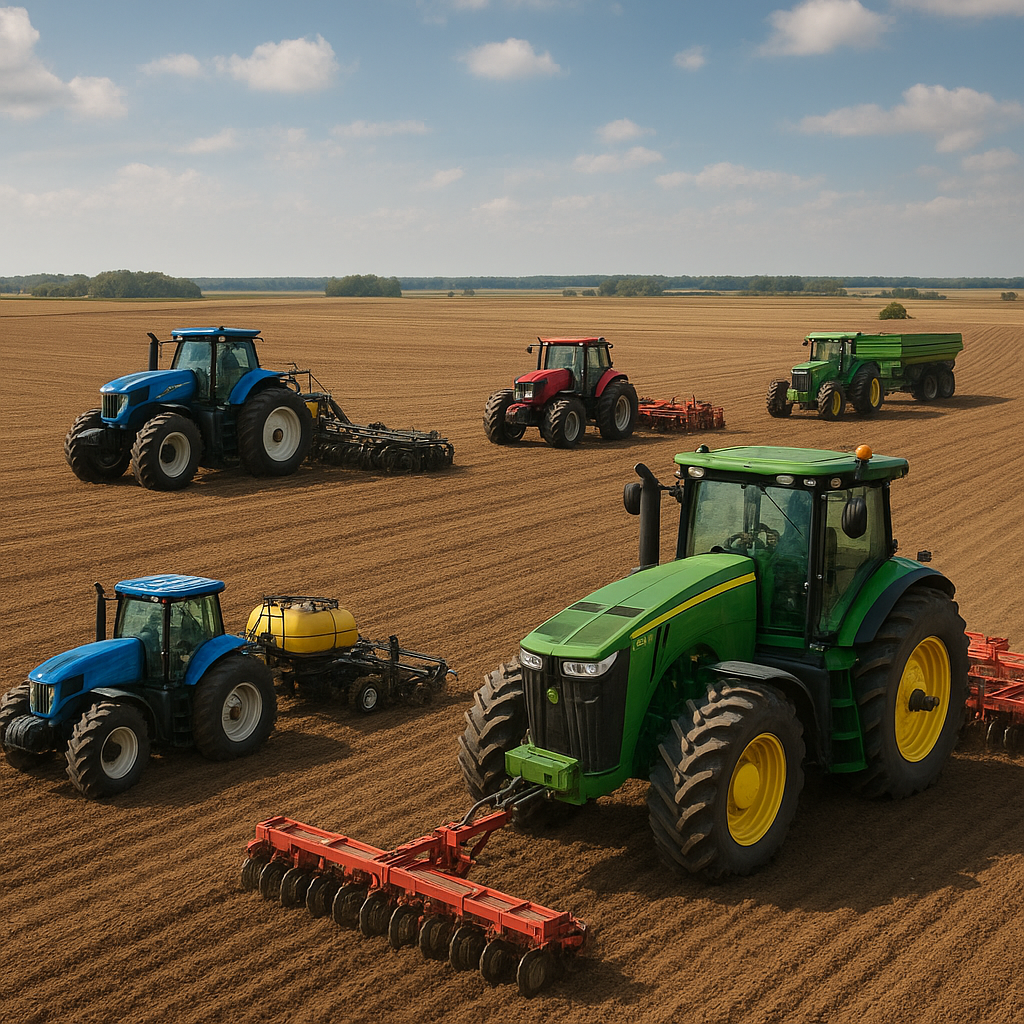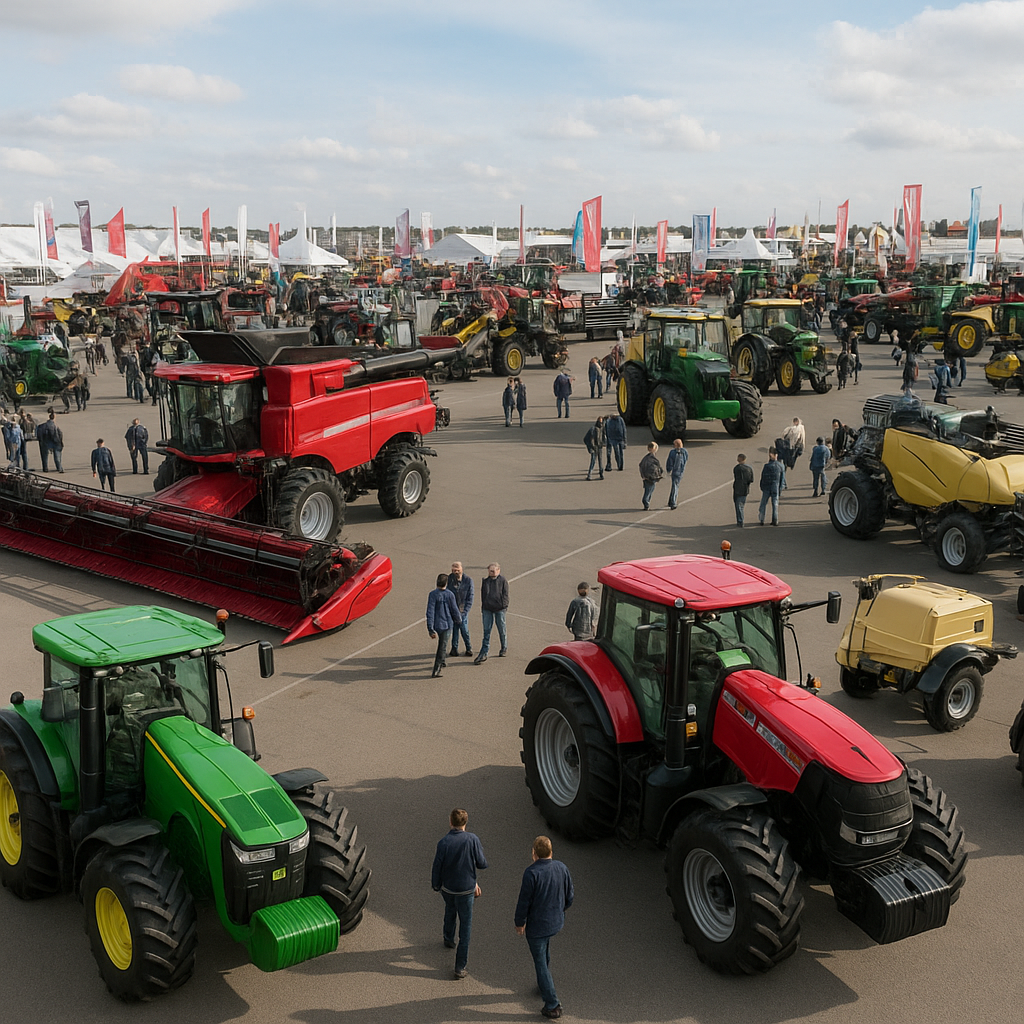Tractors for forestry are specialized machines designed to handle the rigorous demands of outdoor work in forested environments. These tractors are built to be robust, versatile, and capable of navigating challenging terrains while performing a variety of tasks such as logging, land clearing, and transporting heavy loads. In this article, we will explore the features and capabilities of some of the biggest tractors used in forestry, as well as the technological advancements that make them indispensable tools for modern forestry operations.
Features of Forestry Tractors
Forestry tractors are distinct from their agricultural counterparts due to the unique requirements of forest work. These machines are engineered to withstand harsh conditions, including rough terrains, dense vegetation, and extreme weather. Here are some of the key features that set forestry tractors apart:
Robust Construction
Forestry tractors are built with heavy-duty frames and reinforced components to endure the physical stresses of forest operations. The chassis and body are often made from high-strength steel to provide durability and resistance to impacts from rocks, stumps, and other obstacles commonly found in forested areas.
Powerful Engines
These tractors are equipped with powerful engines that deliver high torque and horsepower, enabling them to perform demanding tasks such as pulling large logs, operating heavy machinery, and navigating steep inclines. The engines are designed to be fuel-efficient and environmentally friendly, meeting stringent emissions standards.
Advanced Hydraulics
Forestry tractors feature advanced hydraulic systems that provide the necessary power to operate various attachments and implements. These systems allow for precise control of equipment such as grapples, winches, and mulchers, enhancing the tractor’s versatility and efficiency in performing different tasks.
Protective Cabins
The operator cabins of forestry tractors are designed with safety and comfort in mind. They are typically equipped with roll-over protection structures (ROPS) and falling object protective structures (FOPS) to safeguard the operator from potential hazards. Additionally, the cabins are often climate-controlled and feature ergonomic controls to reduce operator fatigue during long hours of operation.
Technological Advancements in Forestry Tractors
Modern forestry tractors are equipped with cutting-edge technologies that enhance their performance, efficiency, and safety. These advancements have revolutionized the way forestry operations are conducted, making them more productive and sustainable. Here are some of the notable technological innovations in forestry tractors:
GPS and Telematics
Many forestry tractors are now equipped with GPS and telematics systems that provide real-time data on the machine’s location, performance, and operational status. This information can be used to optimize routes, monitor fuel consumption, and track maintenance needs, ultimately improving the efficiency and cost-effectiveness of forestry operations.
Automation and Remote Control
Automation and remote control technologies are becoming increasingly prevalent in forestry tractors. These systems allow operators to control the tractor and its attachments from a safe distance, reducing the risk of injury and increasing productivity. Some advanced models even feature autonomous capabilities, enabling them to perform tasks with minimal human intervention.
Environmental Monitoring
Forestry tractors are now equipped with sensors and monitoring systems that track environmental conditions such as soil moisture, temperature, and air quality. This data can be used to make informed decisions about forest management practices, ensuring that operations are conducted in an environmentally responsible manner.
Enhanced Connectivity
Connectivity features such as Bluetooth and Wi-Fi enable forestry tractors to communicate with other machines and devices in the field. This connectivity facilitates seamless coordination between different pieces of equipment, streamlining operations and improving overall efficiency.
Examples of Leading Forestry Tractors
Several manufacturers produce high-performance forestry tractors that are widely used in the industry. Here are some examples of leading models that exemplify the capabilities and features discussed above:
John Deere 948L-II Skidder
The John Deere 948L-II Skidder is a powerful and versatile machine designed for heavy-duty logging operations. It features a robust frame, a high-torque engine, and an advanced hydraulic system that provides exceptional pulling power and control. The operator cabin is equipped with ROPS and FOPS, as well as ergonomic controls and a climate control system for enhanced comfort and safety.
Komatsu 931XC Harvester
The Komatsu 931XC Harvester is an advanced forestry tractor designed for efficient and precise tree harvesting. It features a powerful engine, a sophisticated hydraulic system, and a state-of-the-art control system that allows for precise operation of the harvester head. The machine is also equipped with GPS and telematics systems for real-time monitoring and optimization of operations.
CAT 555D Wheel Skidder
The CAT 555D Wheel Skidder is a rugged and reliable machine designed for demanding forestry applications. It features a durable frame, a high-performance engine, and an advanced hydraulic system that provides excellent pulling power and maneuverability. The operator cabin is equipped with ROPS and FOPS, as well as a comfortable seating arrangement and intuitive controls.
Conclusion
Forestry tractors are essential tools for modern forestry operations, offering the power, durability, and versatility needed to perform a wide range of tasks in challenging environments. With advancements in technology, these machines are becoming more efficient, safe, and environmentally friendly, helping to ensure the sustainability of forest resources. As the industry continues to evolve, we can expect to see even more innovative features and capabilities in the next generation of forestry tractors.
